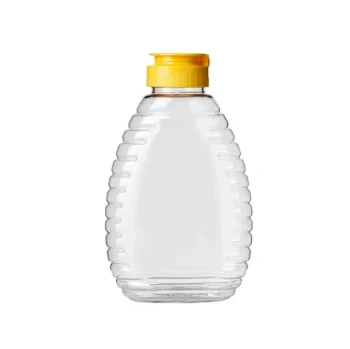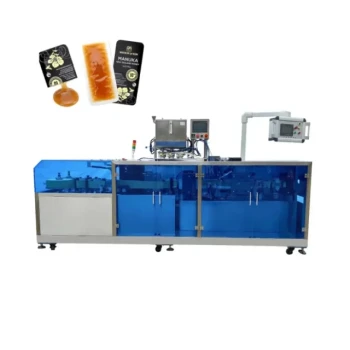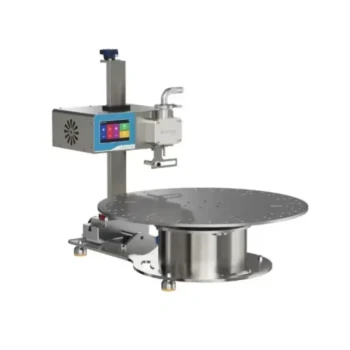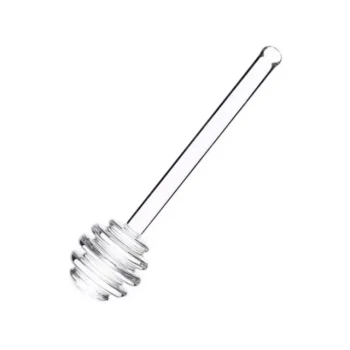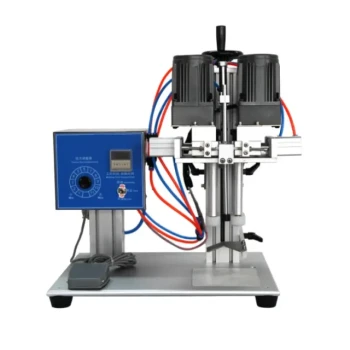The single most critical step before filling honey bottles is to ensure they are meticulously clean and, most importantly, completely dry. Any residual moisture or contaminants can dilute the honey, creating an environment ripe for fermentation and spoilage, which undermines the honey's natural preservative qualities.
Honey's natural longevity comes from its extremely low moisture content, which prevents yeast and bacteria from growing. Introducing even a single drop of water from an improperly dried bottle can trigger fermentation, spoiling the entire batch.
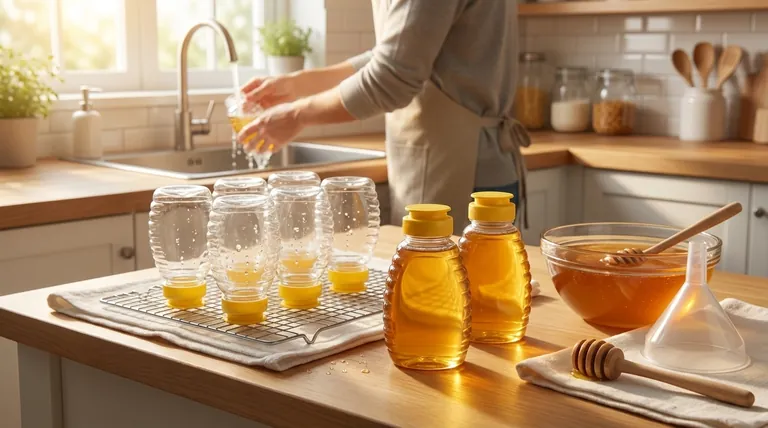
Why "Clean and Dry" is Non-Negotiable
Properly preparing your containers is not just about cleanliness; it's about understanding the science that keeps honey stable for years. Ignoring this step is the most common reason for honey spoilage.
The Science of Honey Preservation
Honey is naturally inhospitable to microbes. This is due to a combination of its low water activity, its acidic pH, and the presence of natural enzymes from bees.
This delicate chemical balance is what makes honey one of the most stable foods in the world. It actively draws moisture out of any yeast or bacterial cells, effectively dehydrating and neutralizing them.
The Danger of Introduced Moisture
The entire preservation system hinges on low moisture. When you pour honey into a bottle containing even a small amount of water, that water doesn't mix evenly right away.
It sits on the surface, diluting the top layer of honey. This localized increase in water content is all that dormant, naturally occurring yeast spores need to activate, multiply, and begin the process of fermentation.
The Risk of Contaminants
"Clean" means more than just being free of visible dirt. It means removing any residual particles, soap film, or microbes from previous contents.
These contaminants can introduce unwanted flavors, bacteria, or wild yeast strains that can accelerate spoilage and alter the pure taste of the honey.
Common Pitfalls to Avoid
Simply rinsing a jar is not enough. Several common mistakes can compromise your honey, even with the best intentions.
The "Almost Dry" Trap
A bottle that feels dry to the touch may still harbor a microscopic film of condensation on its interior surface. This is especially true in humid environments.
This invisible moisture is enough to cause fermentation. You must be certain the bottle is bone-dry.
Ignoring the Lids
Lids and caps require the same meticulous preparation as the bottles themselves. A clean bottle with a contaminated or wet lid will still lead to spoilage.
Ensure the threads and the inner seal of the lid are washed and dried with the same level of care.
Reusing Bottles Without Sterilizing
Reusing old jars without a thorough sterilization process is a significant risk. Residue from previous contents can leach into the honey, and lingering microbes can quickly lead to spoilage. A simple rinse is never sufficient for recycled containers.
Making the Right Choice for Your Goal
Your preparation method should match your intention for the honey.
- If your primary focus is long-term storage or commercial sale: A rigorous wash followed by a heat-drying or sanitizing step is the only reliable method to guarantee stability.
- If your primary focus is short-term personal use: While the risk is lower, ensuring the bottle is absolutely, unequivocally dry remains the most critical step to prevent off-flavors and fermentation.
Proper bottle preparation is the simple, foundational step that protects the quality and longevity of your honey.
Summary Table:
| Preparation Step | Why It's Critical | Key Risk if Skipped |
|---|---|---|
| Meticulously Clean | Removes contaminants, microbes, and residues. | Off-flavors, accelerated spoilage. |
| Completely Dry | Preserves honey's low water activity. | Fermentation, spoilage of entire batch. |
| Sterilize Lids & Caps | Prevents contamination from sealing surfaces. | Localized spoilage, even with a clean bottle. |
Protect Your Honey Harvest with Professional-Grade Supplies
Don't let improper bottling undermine the quality of your honey. HONESTBEE supplies commercial apiaries and beekeeping equipment distributors with the durable, reliable supplies needed for flawless bottling and long-term storage.
Contact HONESTBEE today to explore our wholesale-focused range of bottles, lids, and essential beekeeping equipment. Let us help you safeguard your product from harvest to market.
Visual Guide
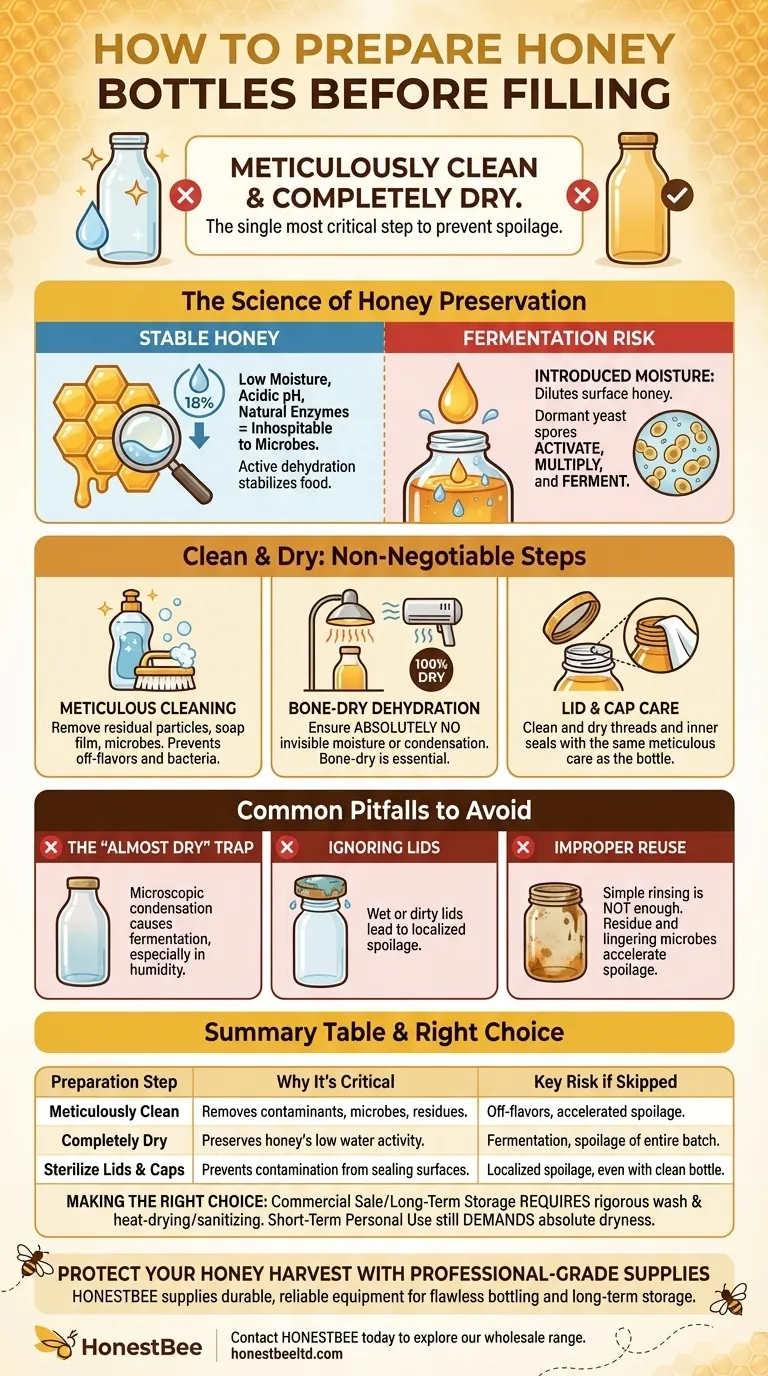
Related Products
- Squeezable No-Drip Beehive-Shaped Honey Jars with Flip-Top Cap
- Inverted Squeezable Honey Jar with No Drip Flip Top Cap for Easy Pouring
- Classic Honey Bear Jars with Flip Top Dispensing Cap for Liquid Sweeteners
- Classic Drum Shaped Glass Honey Jar with Airtight Lid
- Pneumatic Double Nozzle Honey Filling Bottling Packaging Machine
People Also Ask
- What are the features of honey bottles? Design for Convenience & Long-Term Preservation
- What are the basic storage requirements for honey? Keep Your Honey Fresh and Flavorful for Years
- What are the advantages of using glass jars for honey packaging? Preserve Purity & Elevate Your Brand
- How should honey be stored and packaged? Preserve Flavor & Quality with Proper Containers
- What is the best utensil to store honey? Preserve Purity with the Right Container
